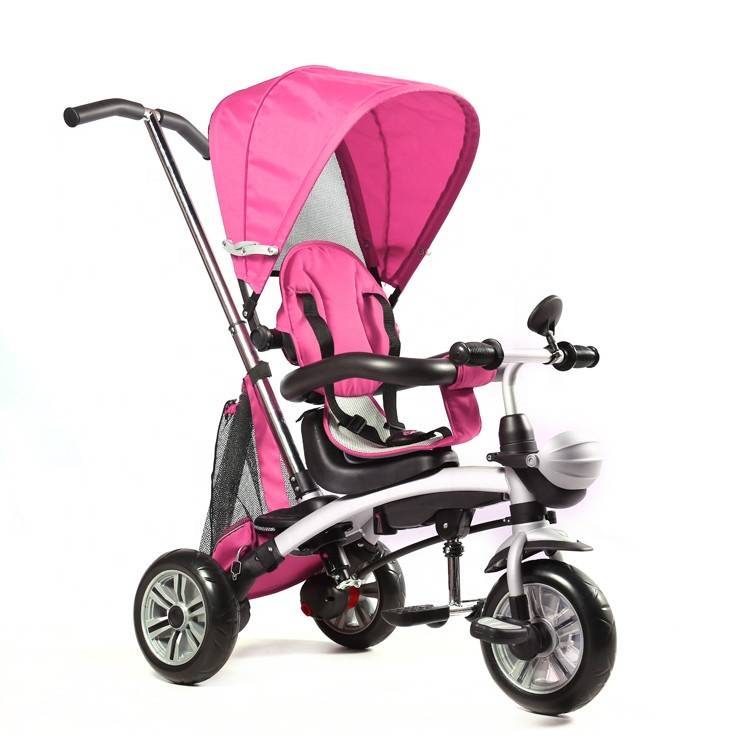Sep . 05, 2024 01:55 Back to list
Kids Road Bike Frame - Lightweight, Durable, and Perfectly Sized for Young Cyclists
The Importance of Choosing the Right Kids’ Road Bike Frame
When it comes to getting your child involved in cycling, choosing the right road bike frame is crucial. A well-fitted bike not only enhances performance but also ensures safety and comfort. Whether your young cyclist is a budding competitor or simply enjoys weekend rides with family, the bike frame is the foundation for a great cycling experience. Here’s a breakdown of what to consider when selecting a kids' road bike frame.
1. Size Matters
The size of the bike frame is perhaps the most important factor to consider. A bike that is too large can make handling difficult and pose safety risks, while a frame that is too small will not be comfortable and may limit growth. Most manufacturers offer size charts based on the height and inseam of the child. For younger riders, it's recommended to start with a bike that has a lower standover height, allowing your child to easily mount and dismount. A properly sized bike will enable better control and confidence during rides.
Bike frames typically come in various materials such as aluminum, steel, carbon, or titanium. For kids’ road bikes, aluminum is often the preferred choice because it is lightweight yet durable. Steel frames, while heavier, may provide a smoother ride due to their flexibility, but can be less practical for younger riders. Carbon frames are usually reserved for advanced racing bikes and may be too expensive for a child’s first bike. When selecting the material, consider your child’s cycling frequency and the bike's intended use.
3. Geometry and Design
The geometry of the bike frame affects the riding position, which is especially important for young riders. A bike with a more relaxed geometry allows for a comfortable posture, making it easier for kids to ride longer distances without fatigue. Attention should also be paid to the design features such as the bike’s weight distribution, which can impact handling. A bike that feels nimble and responsive will encourage kids to ride more often and develop their skills.
kids road bike frame

4. Safety Features
Safety should always be a priority when selecting a bike frame. Look for frames that have integrated safety features, such as reflective materials or attachment points for lights. Additionally, some frames are designed with features that can accommodate fenders and racks, which add to the bike's practicality and safety, especially in rainy conditions or for carrying gear.
5. Cost vs. Features
While it can be tempting to go for the most advanced model, consider the cost in relation to the features offered. Kids' needs evolve quickly, and investing in an overly expensive bike might not be practical. Instead, look for bikes that offer a good balance of quality and affordability. Brands that specialize in children's bikes often provide excellent options that cater to younger riders without breaking the bank.
6. Try Before You Buy
Finally, it’s essential to allow your child to test ride potential bikes. This will help them find a frame that feels comfortable and enjoyable to ride. Many bike shops offer fittings to help ensure the right selection. Encourage your child to provide input about what feels good and what they enjoy, making the experience more engaging.
In conclusion, choosing the right kids’ road bike frame requires careful consideration of size, material, geometry, safety, and cost. With the right bike, your child will not only enjoy riding but also build confidence and skills that will benefit them for years to come. Cycling is a wonderful activity that promotes health, social interaction, and a lifelong love for outdoor adventures. Make your selection wisely, and watch your child thrive on their new road bike!
-
Wooden Kids Tricycle - Eco-Friendly & Safe Ride for Toddlers
NewsAug.02,2025
-
Premium Wooden Tricycle for Kids | Safe & Eco Play
NewsAug.01,2025
-
Wooden Tricycle for Kids | Safe, Eco-Friendly Ride
NewsJul.31,2025
-
Wooden Tricycle for Kids - Vintage & Two Seater Options Wholesale
NewsJul.29,2025
-
Wooden Tricycle for Kids – Vintage & Two Seater Wholesale Options
NewsJul.28,2025
-
Premium Wooden Tricycle for Kids – Safe, Stylish, Two Seater Options
NewsJul.27,2025
